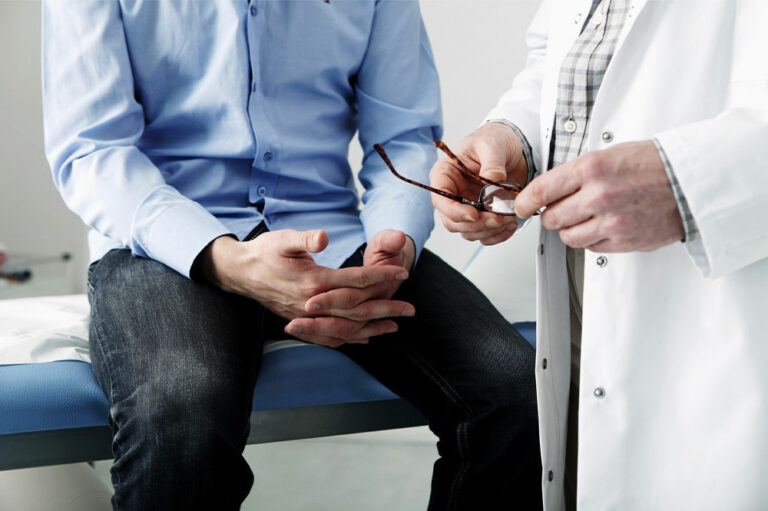Breast cancer – Warning signs, types, and more

Breast cancer is one of the most commonly diagnosed cancers in women in the country. The disease leads to abnormal cell growth in one’s breast, leading to tumors. Cancer can begin in any part, including milk-producing glands or the connective tissues. Early detection of breast cancer and prompt treatment increase an individual’s chance of surviving the disease. Thus, here are some of the warning signs, types, and treatments that one shouldn’t ignore.
Early warning signs of breast cancer
The early signs of breast cancer may differ from person to person. Some cases may be asymptomatic, but here are some common symptoms to watch out for:
Lumps and color change
If one feels lumps around the breast area, in the armpit, or on the collarbone, it may be a sign of cancer developing. Similarly, any changes in breast color may be an early symptom of the disease.
Swelling
A cancer patient may experience swelling in and around the breast, or feel that the breast has become tender, hard, or warm. Any abnormal or sudden change in the size of one’s breast should prompt one to see a doctor.
Skin issues
One may find that the nipple has turned inward or the skin around the nipple area has started to become red or flaky.
Pain and irritation
The cancer can make one feel uneasy or cause pain or irritation in the nipple area. Dimpling of the skin may also be an early sign of breast cancer.
Discharge
Any abnormal discharge apart from milk, including blood, may be a symptom of cancer.
Other conditions like eczema also exhibit similar symptoms, so it’s important to consult a healthcare professional if one notices these signs. The diagnosis can help one narrow down a condition and get suitable treatment for the same.
Types of breast cancer
Depending on where cancer originates, it can be divided into many types. The most common types, however, are invasive ductal carcinoma (IDC) and invasive lobular carcinoma (ILC). IDC starts in the milk ducts, while ILC begins in the milk-producing glands called lobules. Since both are invasive, they can spread to nearby lymph nodes or tissues if left untreated. Apart from these, there’s inflammatory breast cancer, a rare but aggressive kind that affects the lymph vessels in one’s breast and causes swelling and redness.
Causes of breast cancer
Studies show that most breast cancer cases are diagnosed in women over 50 years. So, age may be one of the factors that put one at risk of developing the condition. Some other risk factors include certain genetic mutations, dense breasts, a family history of breast or ovarian cancer, or exposure to radiation therapy before the age of 30. A sedentary or unhealthy lifestyle or opting for hormone replacement therapy during menopause may also be some of the causes. Having one or more risk factors does not automatically mean that a person may develop the disease, but one can be aware of them to reduce the risk where possible.
Treatment for breast cancer
Breast cancer patients usually receive a combination of treatments, including:
Chemotherapy that shrinks or destroys cancer cells
Hormonal therapy that cuts the access of cancer cells to the hormones and hinders their growth
Biological therapy that enhances the body’s immune response to the disease
Radiation therapy that uses high-energy rays to destroy cancerous cells
Surgery that gets rid of the tumor
Depending on the type, stage, and severity of one’s cancer, a doctor may suggest suitable treatment plans along with lifestyle changes to manage the condition and help cure it.










